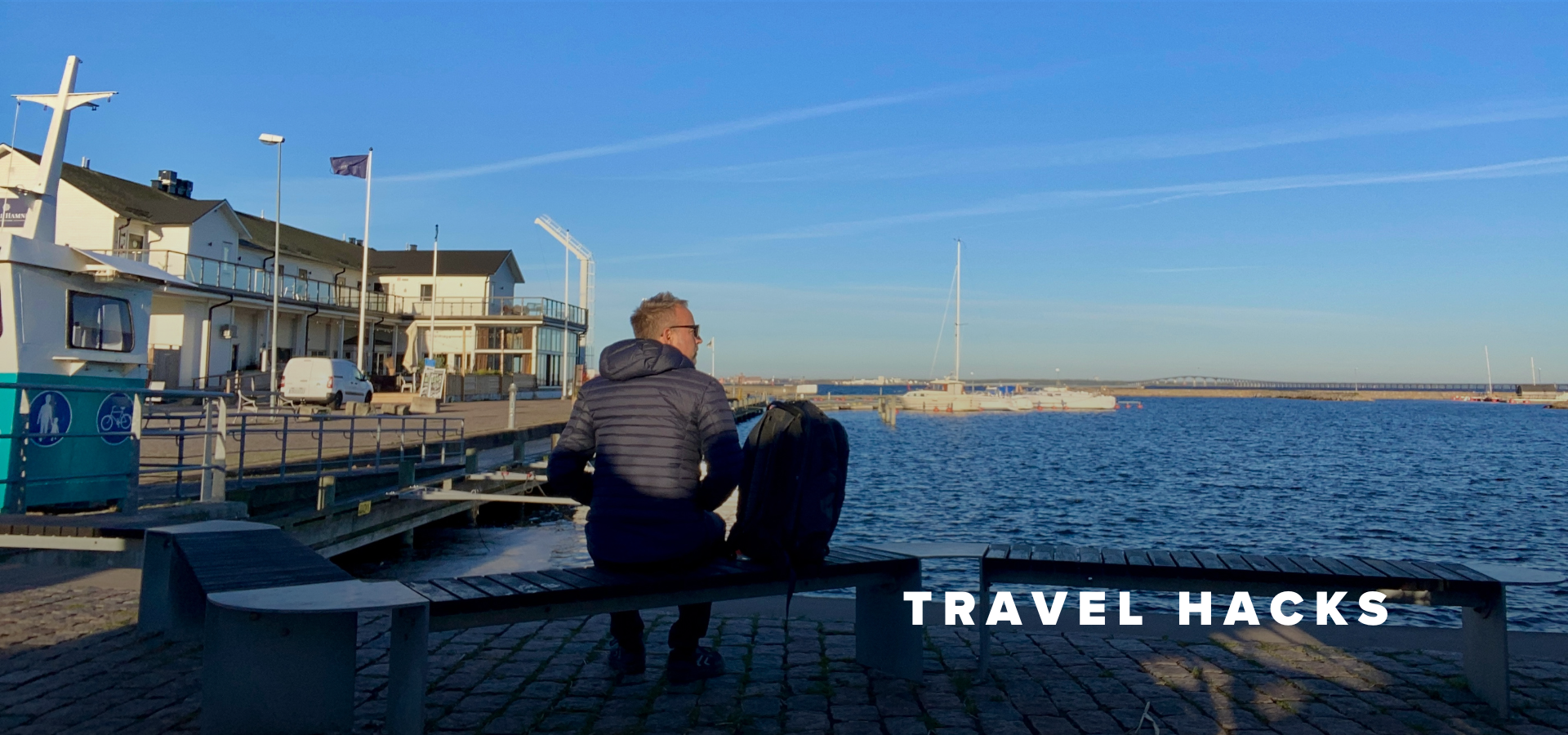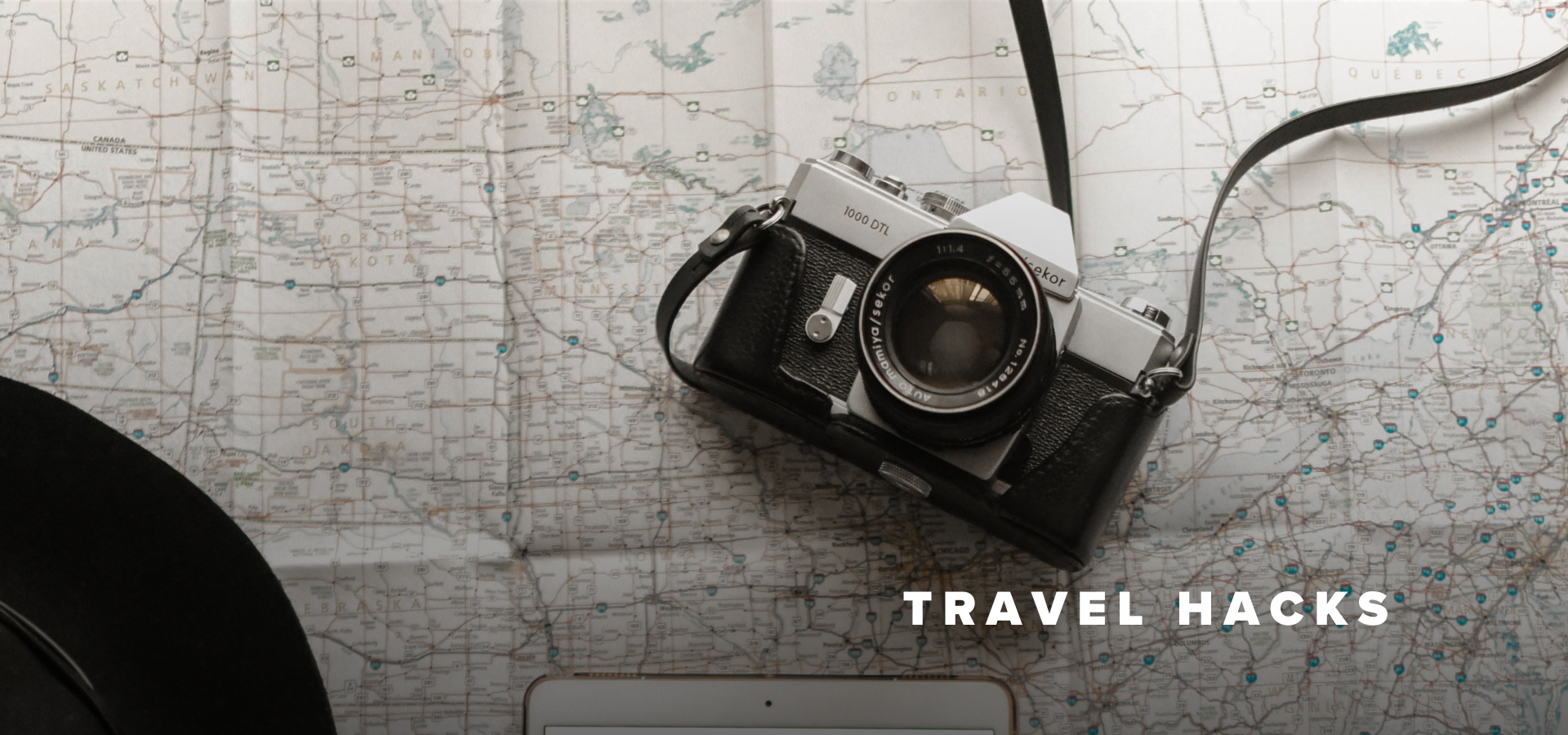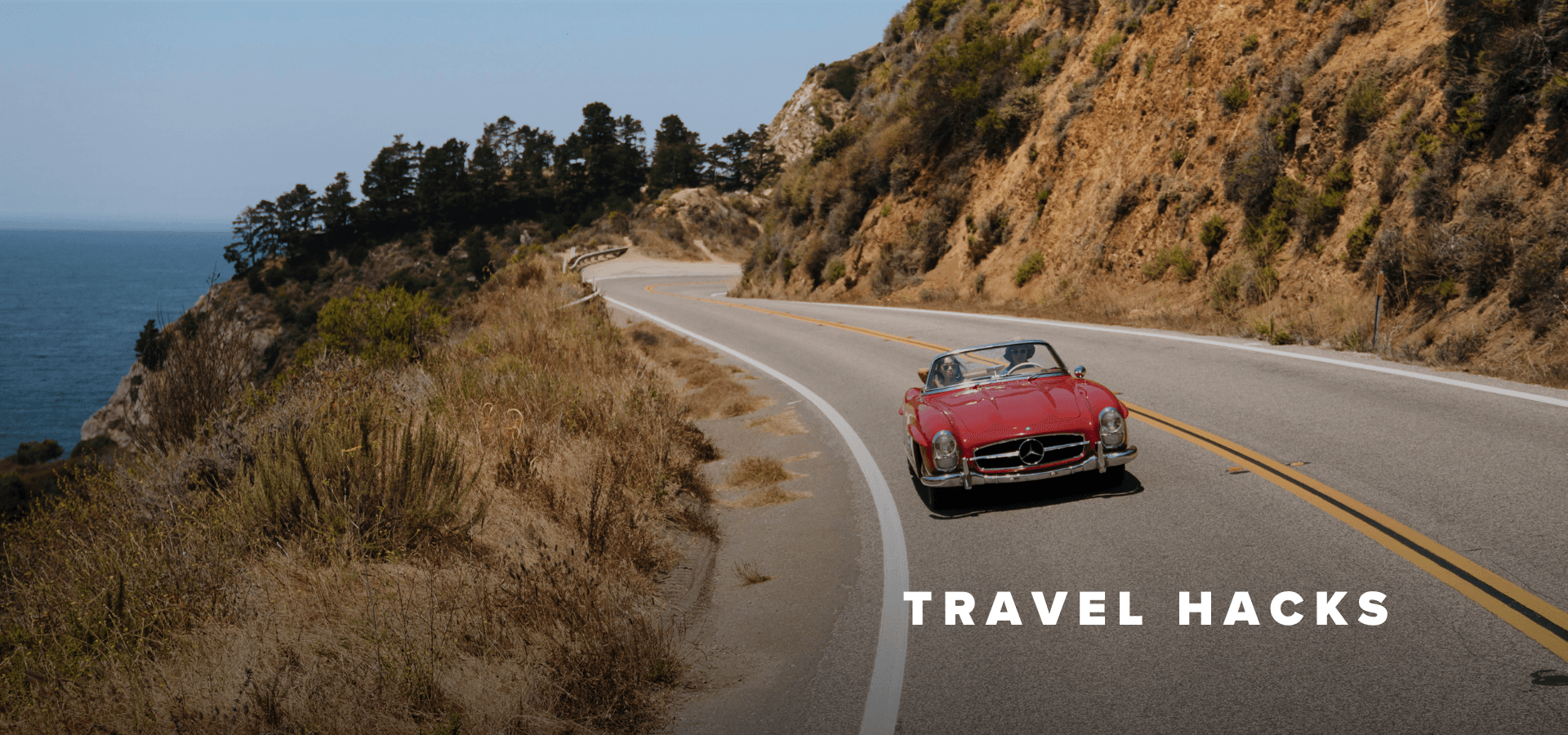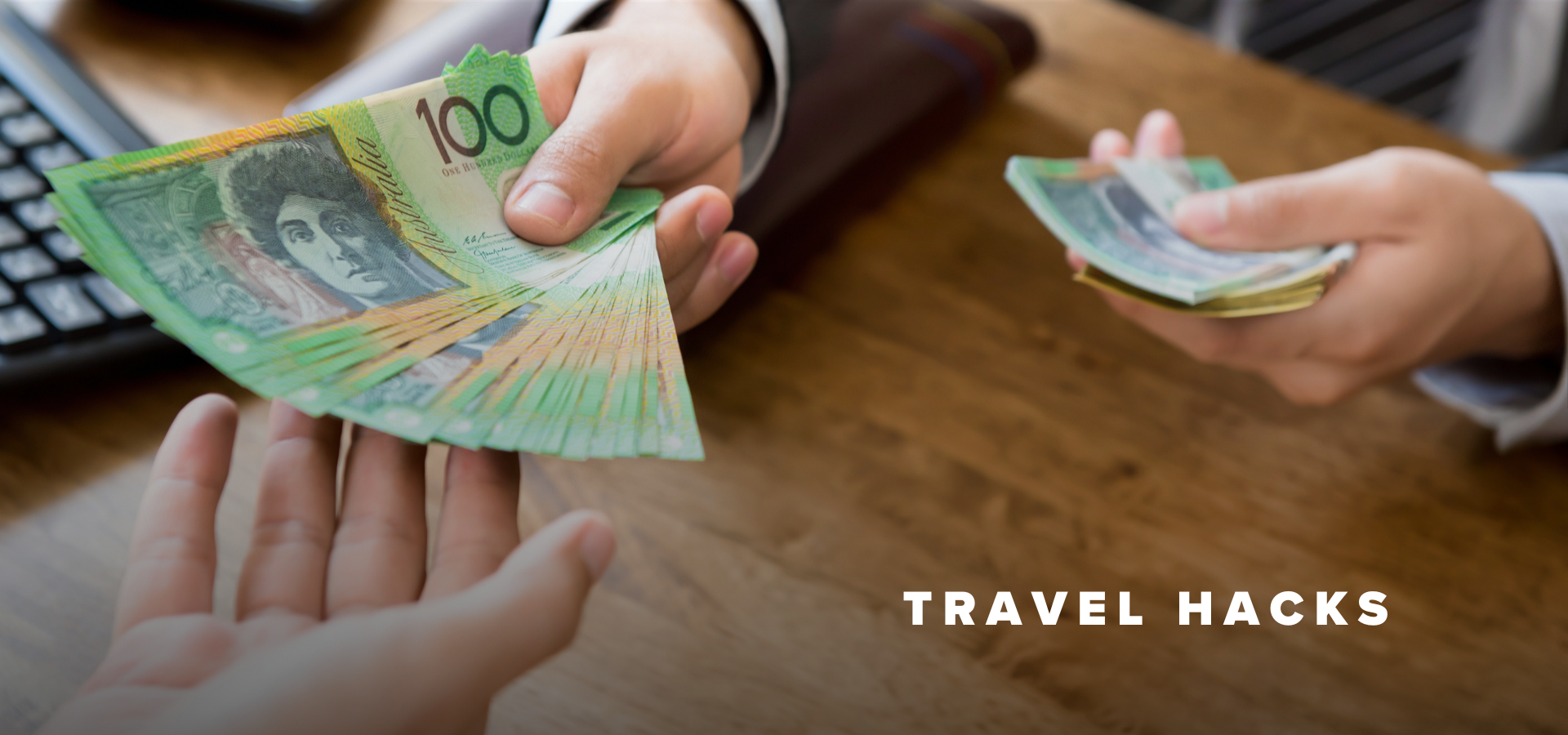As a travel journalist and Lonely Planet author, I’m on the road a lot. Pre-pandemic, that meant over 200 days per year, and to be perfectly frank, I didn’t worry a lot about my luggage being lost. It had only happened to me once in over 25 years of professional travel and, even then, it wasn’t my main luggage but rather a separate checked item that was easily replaceable (thanks nevertheless, Avianca!).
These days, however, as travel kicks back into high gear, I’m traveling less (Lonely Planet has only just begun researching and revamping its signature blue spine guidebook series), but worrying a hell of a lot more. We have all seen the horror stories in the news, read posts on social media and heard rants from friends and family. Travel is a mess.

But despite the doom and gloom, the numbers aren’t all that horrifying. According to data from the Air Travel Consumer Reports (published by the Department of Transportation), some 684,000 bags were mishandled in the first quarter of 2022 in the US (Allegiant Air was the best, American Airlines fared the worst). That’s only about seven out of every 1000 bags, so you’d still be rather unlucky if it happens to you. That said, I traveled two weeks ago from Dallas, Texas to Bologna, Italy and it happened to me (thanks American Airlines!). What can you do to avoid such a fate? Pray! And this:
Don’t Check a Bag
Obviously, this is you’re the No 1 defense against lost luggage, but it’s not always feasible. I live and die by my precious Peak Design 45L Travel Backpack, which is the maximum carry-on size by US airlines (and others). It’s still not that much space depending on what can of packer/traveler you are, so packing cubes are the key to making this work for me. If I’m traveling 10 days or less, this is all I’m taking.
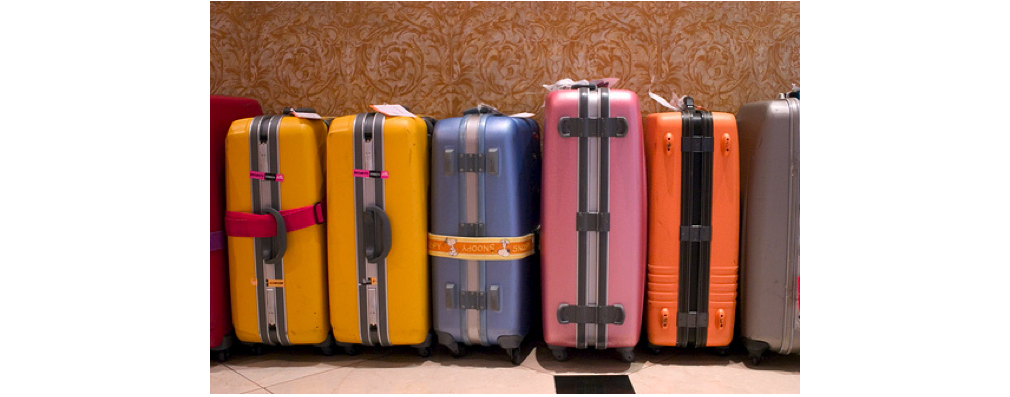
Buy Unique Luggage
Having a unique suitcase (funky colors, loaded with stickers, not black, whatever …) won’t prevent it from being mishandled, but it will minimize the chances someone else innocently walks off with it at baggage claim. It will also make it easier to spot by baggage handlers if it does go awry (or by you when pursuing piles of mishandled luggage at an airport lost luggage office).
Use Strong Luggage Tags
The flimsy paper/string airline name tags at the check-in counter are great if you don’t have anything else, but they’re about as reliable as a Band-Aid on a barn door. Invest the $10-15 in more permanent options that won’t yank off so easily, be it leather, silicone, aluminum or some other synthetic material. I use aluminum metal travel IDs. And, for God sakes, don’t write your address on them! Email and phone are sufficient.
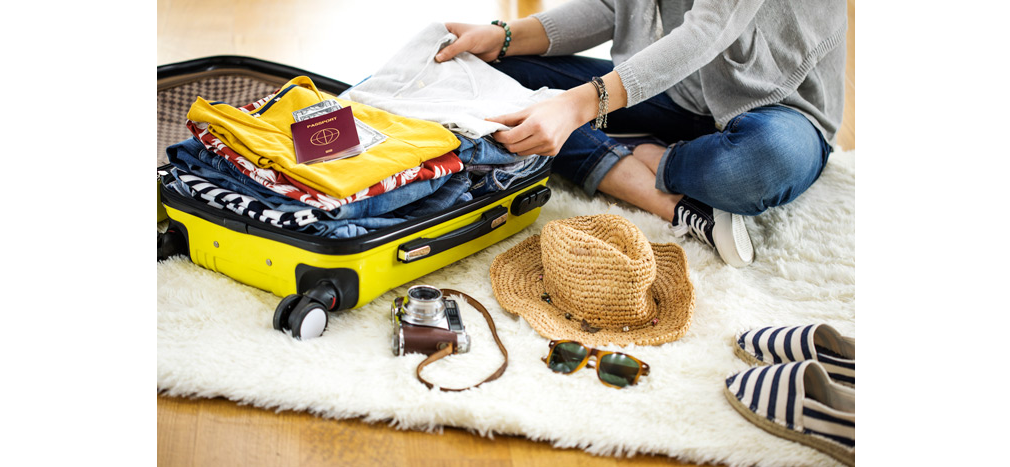
Buy Apple Air Tags
At $29 a pop, they ain’t cheap, but Apple’s handy tracking devices not only buy you piece of mind, but if things go sideways, they could prove invaluable. For example, I knew my recent piece of lost luggage flew from Tulsa to Bologna via Amsterdam despite the fact that I went via Phoenix/London thanks to the Airtag (don’t ask why my flight from Dallas winded up in Oklahoma!); and when it didn’t show up with the others in Bologna, I snidely showed the lost luggage agent that my bag was still in Amsterdam. Then I knew it flew to Bologna the next day. It still took a week for it to arrive at my door, but at least I knew it made it to its final destination. It’s the little things.




